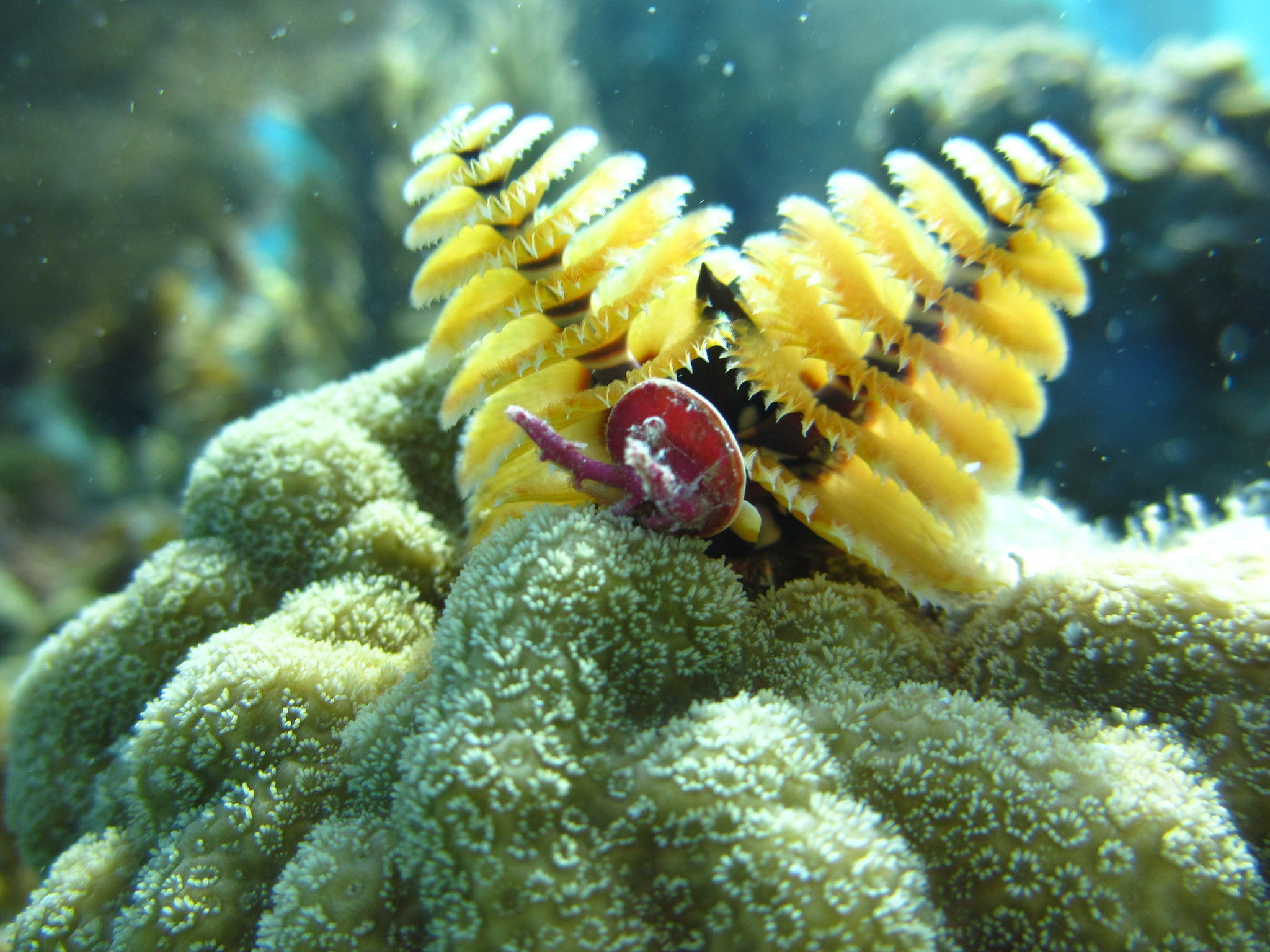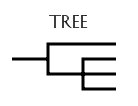
PROTOSTOMIA
Annelida
[© callieoldfield]
Chapter Outline
- Description of Protostomia
- Classification of Protostomia
- Lophotrochozoa
- Annelida
- Mollusca
- Gnathifera
- Ecdysozoa
- Panarthropoda

Links to external sites will appear in pop-up windows.
The Pacific Northwest is one of the "worm-richest" areas in the nation.
The largest worm species on earth is an Australian worm that can reach 11-feet in length. [Sierra. March/April 2003. p. 59]
- Protostomia
- Spiralia
- Lophotrochozoa (28-III)
- Mesozoa
- Dicyemida - Rhombozoans
- Orthonectida - Orthonectids
- Platyhelminthes - Flatworms
- Nemertea - Ribbon Worms
- Annelida - Segmented Worms (28-IV)
- Clitellata
- Polychaeta
- Sipuncula
- Myzostomida
- Phoronida - Horseshoe Worms
- Brachiopoda - Lampshells
- Mollusca - Molluscs (28-V)
- Bryozoa - Bryozoans
- Entoprocta - Entoprocts
- Cycliophora - Symbion pandora
- Gastrotricha - Gastrotrichs
- Acanthocephala - Thorny-Headed Worms
- Mesozoa
- Gnathifera (28-VI)
- Rotifera - Rotifers
- Gnathostomulida
- Micrognathozoa
- Chaetognatha - Arrow Worms
- Lophotrochozoa (28-III)
- Ecdysozoa (28-VII)
- Nematoda - Roundworms
- Nematomorpha - Horsehair Worms
- Scalidophora
- Kinorhyncha - Spiny-Headed Worms
- Loricifera - Loriciferans
- Priapulida - Priapulid Worms
- Panarthropoda (28-VIII)
- Tardigrada - Tardigrades (Water Bears)
- Onychophora - Velvet Worms
- Arthropoda (Ch. 29) >>> (Arthropods)
- Spiralia
Resources:
|
| CLITELLATA |
This is the class of "Collared" Worms. These worms have a clitellum, which aids in reproduction. This structure is apparent on the common earthworm.
As of 2024, 82 species of Clitellata have been observed in iNaturalist in the US and 258 throughout the world.
| Resources: |
| POLYCHAETA |
This is the class of Bristle Worms or Polychaetes. As of 2024, 239 species of Polychaeta have been observed in iNaturalist in the US and 635 throughout the world.
- SUBCLASS ECHIURA
- ORDER ECHIUROINEA
- Green Spoonworm (Bonellia viridis)
- ORDER XENOPNEUSTA
- Fat Inkeeper Worm (Urechis caupo) - Monterey Bay Aquarium
- ORDER ECHIUROINEA
- SUBCLASS ERRANTIA
- ORDER EUNICIDA
- ORDER PHYLLODOCIDA
- ORDER EUNICIDA
- SUBCLASS SEDENTARIA
- INFRACLASS CANALIPALPATA
- ORDER FLABELLIGERIDA
- ORDER SABELLIDA
- FAMILY SABELLARIIDAE
- California Sandcastle Worm (Phragmatopoma californica) - most iNat observations in the US for Polychaeta
- FAMILY SERPULIDAE
- California Christmas Tree Worm (Spirobranchus spinosus)
- FAMILY SIBOGLINIDAE
- Hydrothermal Vent Worm (Riftia pachyptila)
- FAMILY SABELLARIIDAE
- ORDER SPIONIDA
- ORDER TEREBELLIDA
- SUBORDER TEREBELLIFORMIA
- FAMILY TEREBELLIDAE
- Reteterebella - FLKR
- FAMILY TEREBELLIDAE
- SUBORDER TEREBELLIFORMIA
- ORDER FLABELLIGERIDA
- INFRACLASS SCOLECIDA
- INFRACLASS CANALIPALPATA
| Resources: |
| SIPUNCULA |
This is the class of Peanut Worms. As of 2024, 9 species of Sipuncula have been observed in iNaturalist in the US and 24 throughout the world.
- INFRACLASS PHASCOLOSOMATIDEA
- ORDER ASPIDOSIPHONIFORMES
- Aspidosiphon spp.
- ORDER PHASCOLOSOMATIFORMES
- Pacific Peanut Worm (Phascolosoma agassizii) - most iNat observations in the US for Sipuncula
- Antillesoma antillarum
- ORDER ASPIDOSIPHONIFORMES
- INFRACLASS SIPUNCULIDEA
- ORDER GOLFINGIIDA
- Peanut Worm (Sipunculus nudus) - only one observation in iNaturalist as of 2024
- ORDER GOLFINGIIDA
| Resources: |
| MYZOSTOMIDA |
This is the order of Echinoderm-Parasitic Worms. As of 2024, just one species of Myzostomida has been observed in iNaturalist throughout the world.
- Featherstar Worm (Myzostoma fuscomaculatum) - only iNat observations in the world for Myzostomida
| Resources: |
| [ Previous Page ] | [ Next Page ] |